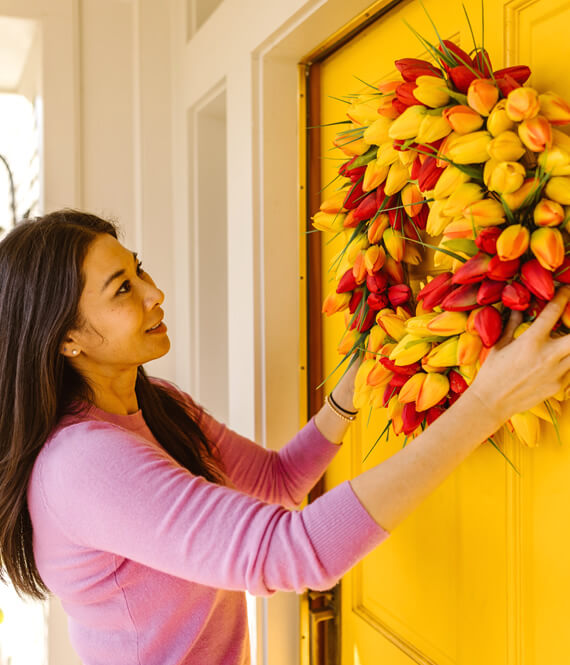
“How Can I Make My uPVC Front Door Look Better?” Try This!
We recommend helpful products in our articles. Read our full disclosure here. The content on this website is not intended to be a substitute for professional advice, diagnosis, or treatment.
uPVC doors aren’t known for being the most stylish in the world, and if there’s nothing structurally wrong with them, there’s not really a need to replace them.
So, how are you going to update your uPVC front door for a reasonable price?
Well, the secret is to paint uPVC.
Painting uPVC doors can seem complicated at first.
Any uPVC door is difficult because uPVC generally isn’t a surface that’s easy to paint.
But with the right guidance, you can make painting much easier for yourself.
Today, then, we’ll talk about how to paint a uPVC door to update it and give it the look of a new door, a cheap way to create big changes!
Your door’s current condition
The first thing you need to do is check the current condition of your uPVC front door before painting. uPVC exterior doors can wear over time.
This isn’t bad and it won’t stop your door makeover, but it may mean you have to work harder to get the professional finish you’re looking for.
Your main concern is peeling paint.
If you have had to paint your uPVC doors in the past, then the last paint job might not have lasted so well.
You’ll need to remove the old paint before starting on your refresh.
If you just have a white uPVC front door without paint, then this won’t be a concern.
Another thing to note is how well you painted it last time if you’ve had to paint uPVC doors in the past.
Are there brush marks, for example?
If there are brush marks, then you will still need to strip the paint or else you’ll still see them after painting over the uPVC door.
The best thing you can do is restore your uPVC door back to how it was when it first shipped if you have painted it in the past.
From there, you can follow our advice below.
The best way to get rid of old paint is with a paint stripper and a light sanding.
Make sure the surface is thoroughly cleaned before attempting to paint the uPVC door again.
Updating your uPVC front door
Most UPVC door spray painters do a very good job, but for you to get the smooth finish and professional look you want, you’ll need to follow our quick-fire step by step guide below.
Picking the best paint to paint uPVC doors
A PVC front door needs a specific type of solvent based paint.
One that provides a good finish in as few coats as possible, so when painting your uPVC door, you don’t have to spend a lot of money and turn it into an eye-wateringly expensive job.
The aim here is saving money, not spending it.
So when you pick out paint to paint your uPVC doors, you’ll need a few things in the paint and preparation department:
- uPVC primer to prepare the door for the perfect finish later on
- uPVC paint (it’ll be clearly marked on the packaging because not many primers and paints are uPVC friendly)
The paint you’re looking for ought to have a few characteristics to be considered the best paint for the job too:
- It must work well in all weather conditions;
- It must be hard-wearing;
- A finish that’s low maintenance (such as an eggshell finish paint – avoid matte paint where possible when painting uPVC);
- Easy to apply in thin coats (can be best to use spray paint here, but you can also hand paint or use a brush or roller too with the right paint);
- UV protected (especially if the door spends a lot of time in direct sunlight);
- Be available in different colours (helping you get the look you want);
- Allow for some thermal expansion (very important here in the UK).
If the paint you find for your uPVC door ticks most of these boxes, then you’re on to a winner.
Check out our other article on home improvement tips like upcycling furniture and mirrors, this kind of spray paint is good for that too and your budget.
Preparing the uPVC door for paint
uPVC doors will need two things before you start to paint:
One, a thorough clean with hot soapy water (or sugar soap wipes to speed things up) to remove all dust and grime.
And two, lightly sanding the old door with fine sandpaper to get the surface ready for paint (white uPVC is hard to paint because the plastic finish is so smooth – roughing it up will give the surface the texture it needs for the paint to adhere).
After that, all that’s left to do is take your masking tape and protect the windows, door handle (it may be easier to remove some door furniture), and other areas surrounding the door you don’t want to be painted, and then you’re ready to go.
The primer stage
The first coat should always be a primer designed for use on uPVC doors.
The front door frame will need at least one coat of primer to get it ready for the paint.
Sometimes a second coat may be required.
We recommend painting your uPVC on a hot summer’s day, as it will take longer to dry and fully cure at other times of the year.
During summer, it could dry and be ready for the next coat in as little as one hour.
The painting stage
When you paint a uPVC door, dry the door completely before moving on to the next stage.
Painting uPVC requires a dry surface, so wait between the coats before starting on the next one.
If you have done two coats of primer, this may take longer to dry.
When it’s ready, take your uPVC paint in the colour of your choice and apply it.
You will usually need two thin coats of paint to properly cover it.
Once painted, review the look from outside your house to make sure it doesn’t need more than two coats.
A painted uPVC front door should have a colour that isn’t ‘washed out’.
If it is, you might need to paint a uPVC front door a few more times than the standard two coats.
Final Thoughts
Hopefully, the exterior doors of your house look better than before.
Any uPVC front door can look better with a quick paint, but finding the perfect low maintenance, easy to apply paint, is the key.
Remember, too, that you will need to apply more than one coat of primer and paint to make the colour really stand out on the doors.
Painting your uPVC front door is much easier and cheaper than replacing it entirely, though, so despite the extra work, if you follow our guide, you’ll get the biggest reward!
"We love to research problems, examine studies, analyze solutions, and share with you ideas that make life healthier. You can learn about us and our editorial standards here. Have suggestions or feedback to share? Send us a message!."

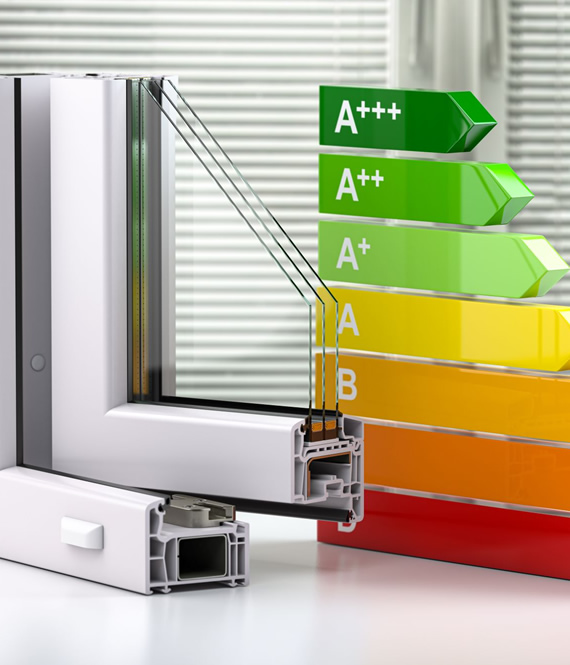
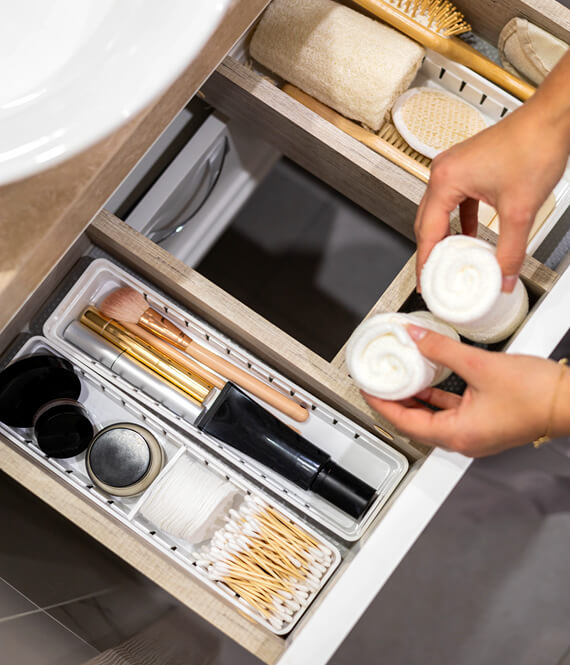


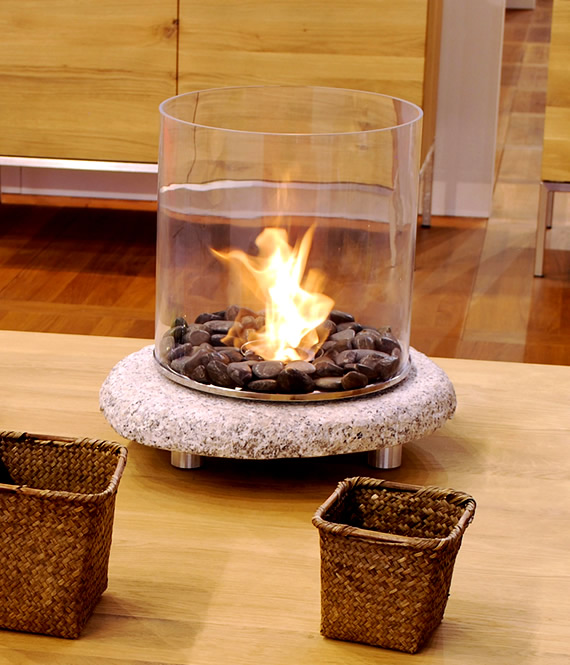



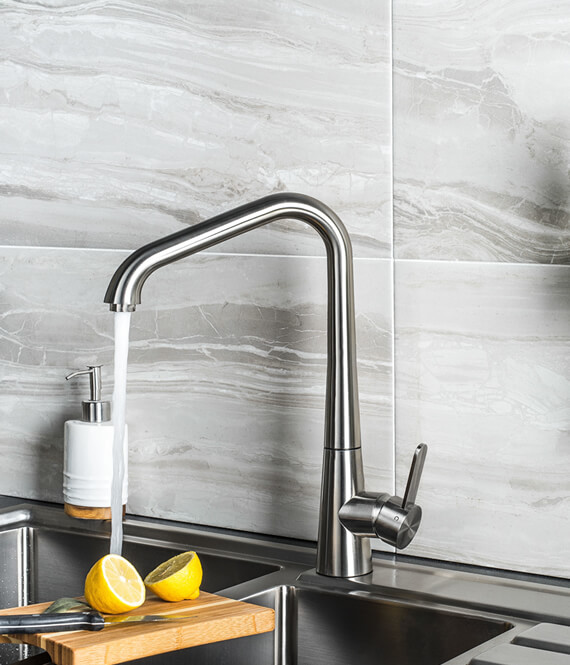

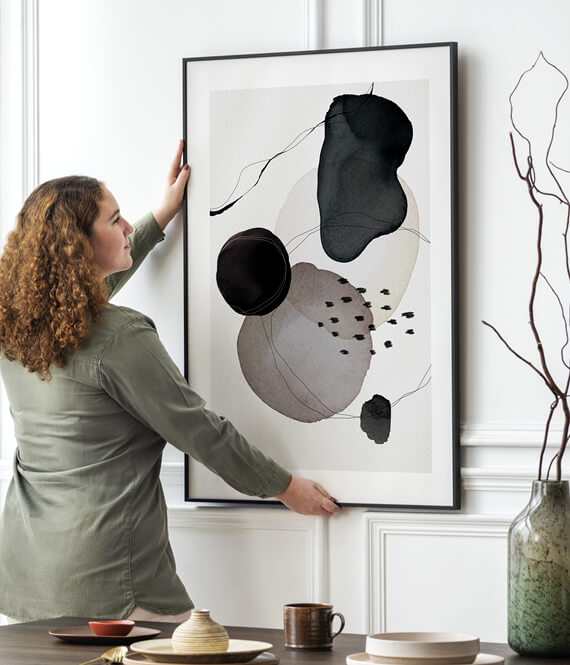
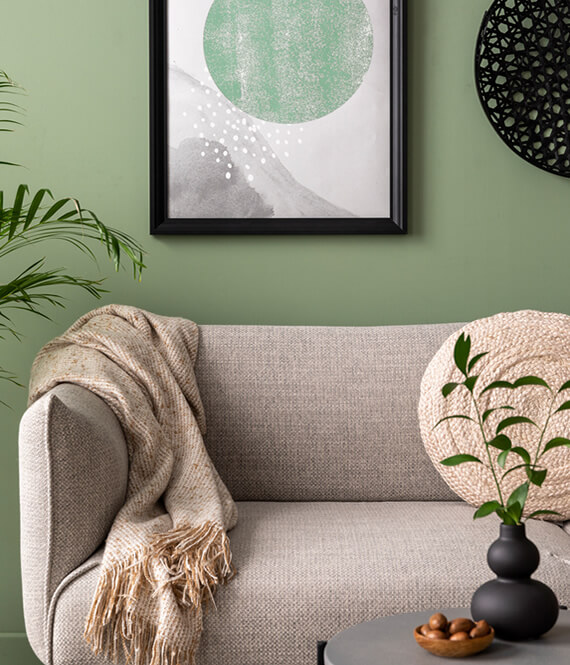
Leave a Comment